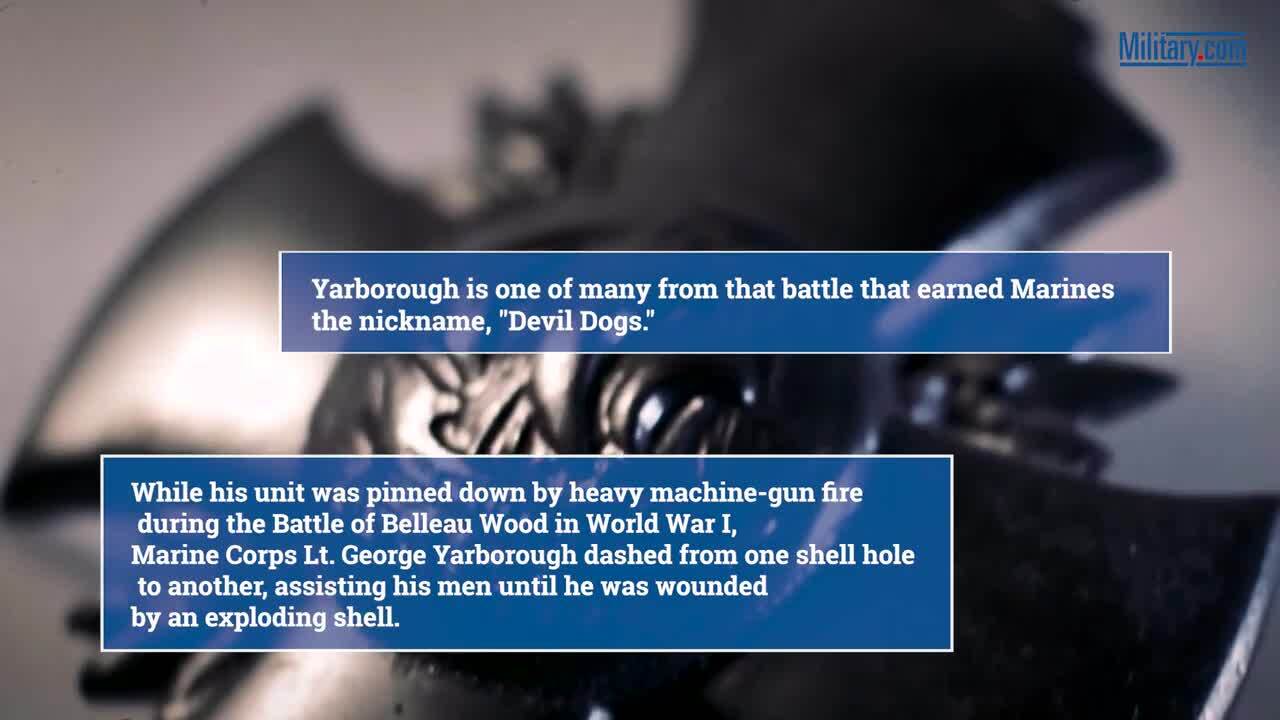Spending their operational lives in or near the ocean, Navy ships and Marine Corps vehicles are especially susceptible to the corrosive effects of salt water. Repairing all that wear and tear costs the military big bucks - between $10 billion and $20 billion per year for all the services, according to estimates from the office of the secretary of defense's office of corrosion policy and oversight.
Engineers at the Office of Naval Research have developed an additive that allows damaged paint to scab over and heal like human skin. The substance, called polyfibroblast, is being tested on the joint light tactical vehicle and is designed to prevent costly maintenance to corroded equipment.
"Corrosion costs the Department of the Navy billions of dollars each year," Marine Corps Capt. Frank Furman, who manages logistics research programs for ONR's expeditionary maneuver warfare and combating terrorism department, said in a statement. "This technology could cut maintenance costs, and, more importantly, it could increase the time vehicles are out in the field with our Marines."
Development of polyfibroblast began in 2008 and is close to deployment on Marine Corps vehicles, a five-year timeline that officials applauded for swiftness.
Experiments have shown it keeps materials from rusting for six weeks inside a chamber filled with salt fog. Ongoing development is aimed at making the additive even longer lasting.
"We are still looking into how to make this additive even more effective," said Scott Rideout, deputy program manager of light tactical vehicles for program executive office land systems, which is overseeing continued development on polyfibroblast for potential use on the Marine Corps variant of the JLTV.
The Navy spends $7 billion per year - a quarter of its maintenance budget - dealing with rust and corrosion caused by everything from rain and waves to sunlight and physical damage When a ship comes into port for maintenance, it takes more than a month on average to repair corrosion. About $3 billion is spent maintaining the paint jobs on ships and submarines and another $2.6 billion is set aside to fix corrosion on aircraft.
The Navy is therefore constandy battling the problem. Improving the longevity of ship paint has paid dividends in the past, both by preventing corrosion and lessening the time sailors spend touching up hulls.
Naval Sea Systems Command in 2012 adopted a new paint for surface ships that lasts longer and better prevents hulls from deteriorating above the waterline. Previously used silicone alkyd paints lasted only about 18 months before fading and peeling, leaving a ship's steel hull exposed to the elements, NAVSEA information said. The new polysiloxane coating is designed to last more than seven years, which will require less maintenance to the tune of 57,000 man-hours of labor per year, according to reports.
When the coating was rolled out in 2012, Chief of Naval Research Adm. Matthew Klunder said it was approved only for surface ships above the waterline but was being tested for use below the waterline and for maritime aircraft.
Ground vehicles transported by ship also can become corroded, costing the military millions of dollars in materials and labor.
The Marine Corps alone spends about $500 million on repairing corrosion to its ground vehicles. Transported around the world aboard Navy ships, Marine Corps trucks, tanks and aircraft are vulnerable to salty winds and spray from the ocean, which makes them particularly susceptible to rust.
Modernization and procurement funding for vehicles is scarce and becoming more so, which means the Marine Corps' legacy vehicle fleets will likely need to outlast future deployments at sea. Rust-fighting paint could help sustain vehicles for use in future operations.
The paint additive was developed by ONR in collaboration with scientists at the Johns Hopkins University Applied Physics Laboratory. Once mixed with ordinary vehicle wound - before the metal beneath begins to corrode.
The polyfibroblast powder can be added to any commercial, off-the-shelf primers, according to ONR officials. It consists of microscopic plastic bubbles that contain oil that oozes out when the surrounding capsules burst. The oil spreads to form a waxy, water-repellent coating over the damaged area of paint.
Since at least 2005, Illinois-based Autonomic Materials and similar companies have been marketing self-healing paints whose function is based on biological methods of wound healing.
Scientists at the School of Polymers and High Performance at the University of Southern Mississippi, Hattiesburg, in 2009 developed a self-healing paint based on the structure of crustacean exoskeletons that heals when internal compounds are exposed to sunlight.
That substance uses a derivative of chitin, the main ingredient in the hard shells of crabs and lobsters, to provide a protective layer on objects with vulnerable paint, like cars. Chitosan, as the material is called, hardens when exposed to sunlight. Nissan has marketed some of its cars coated in a similar material called Scratch Shield that is resistant to abrasion. The clear coating forms a flexible barrier over the underlying paint that can rebound from shallow scratches, but cannot heal if punctured deeply.
While many commercial self-healing coatings are aimed at protecting a paint job's color and sheen, the Navy is interested only in avoiding costly damage to combat vehicles that are routinely transported through and driven in harsh environments.
"We don't care if it's pretty," said Jason Benkoski, senior scientist at the Johns Hopkins lab and lead researcher on the project. "We only care about preventing corrosion."
"The Navy spends $7 billion per year - a quarter of its maintenance budget - dealing with rust and corrosion caused by everything from rain and waves to sunlight and physical damage. When a ship comes into port for maintenance, it takes more than a month on average to repair corrosion."



























